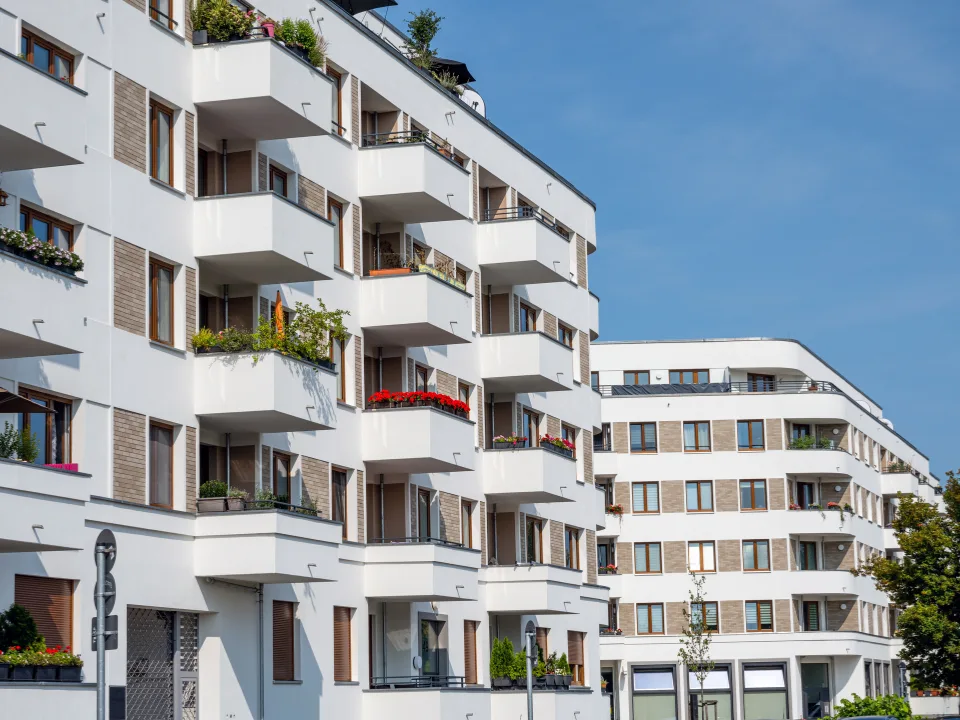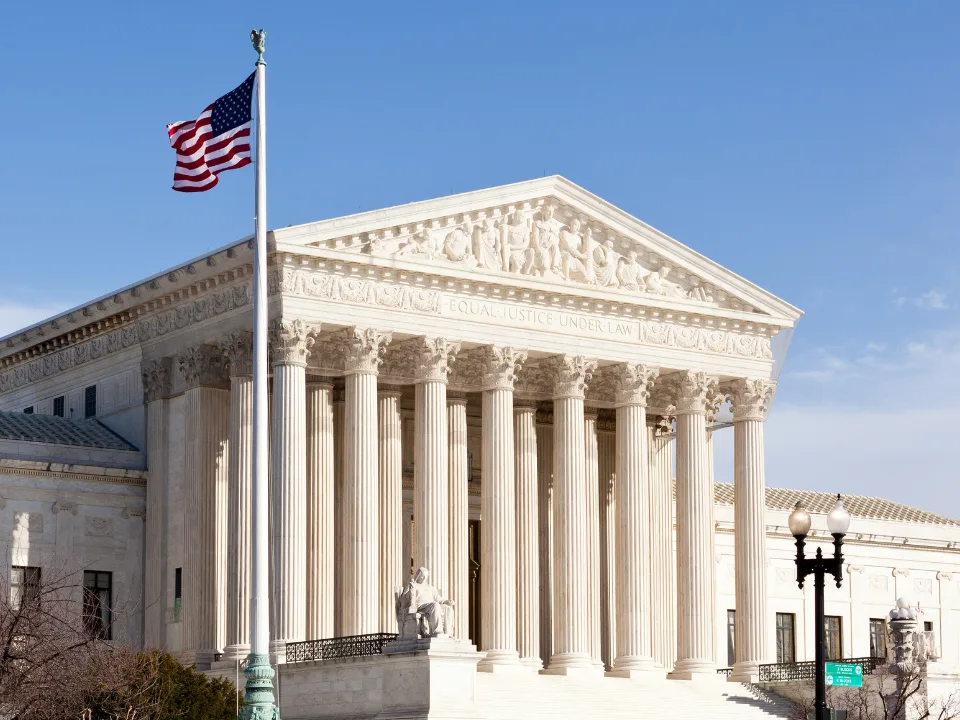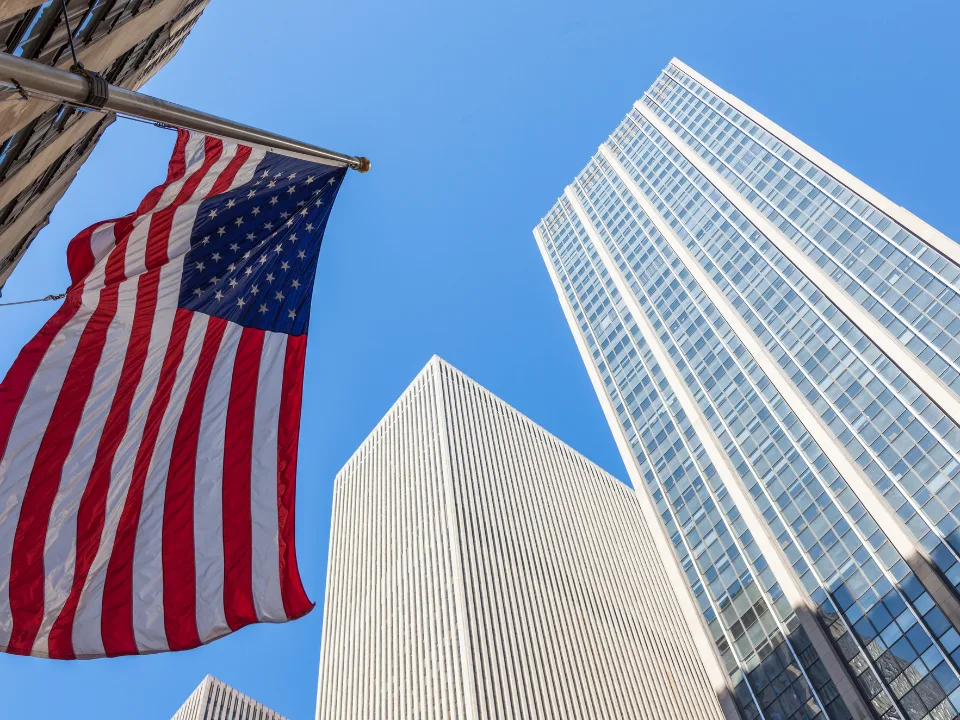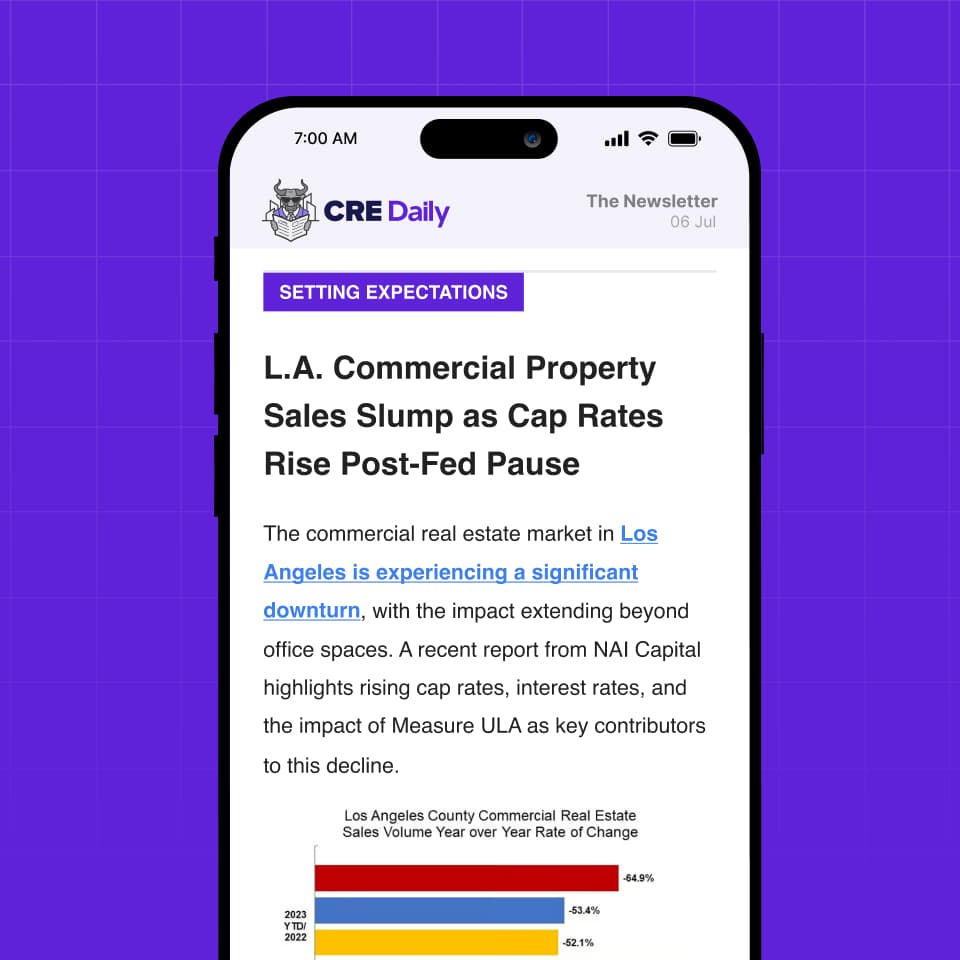- A new round of US tariffs on construction and automotive materials could raise development costs by 3%–5%, potentially delaying or shelving multifamily projects.
- While bad news for developers and tenants, current property owners and investors could benefit from reduced supply and a likely rebound in rent growth.
- With fewer new projects starting, prices for existing assets are dipping below replacement costs—creating a buying opportunity for well-capitalized investors.
The Tariffs Are Coming (Maybe)
According to Bisnow, a new round of 25% tariffs on construction and auto-related materials is scheduled to go into effect April 2.
It’s the third attempt at imposing such fees, and while the exact scope remains unclear, the White House suggests they may be narrower than initially planned.
The Development Chill
Even before tariffs, multifamily construction was slowing dramatically.
The industry has already seen a pullback due to high interest rates, surging costs, and a post-pandemic oversupply of new units.
CBRE projects construction starts mid-2025 to be 74% below 2021 levels and 30% below the pre-pandemic average.
Owners vs. Builders
While developers face tighter margins and financing challenges, investors like Matthew Sharp of Hamilton Point Investments see opportunity.
“It’s actually kind of good for people like me and for owners of current properties,” he said, noting that fewer new units coming online could support rent growth.
Get Smarter about what matters in CRE
Stay ahead of trends in commercial real estate with CRE Daily – the free newsletter delivering everything you need to start your day in just 5-minutes
Supply Squeeze Sets the Stage
A pandemic-era construction boom added nearly 1M units, many of which are just now hitting the market. But absorption is keeping pace.
In February, for every unit that broke ground, 1.5 were completed, according to the National Association of Homebuilders. This stabilizing trend is helping ease the oversupply and could reset the balance in favor of landlords.
Multifamily valuations have also adjusted downward.
Some properties are trading at up to 30% below replacement cost, a shift that Avison Young’s Luis Elorza describes as a “dramatic” opportunity for investors.
Capital Floods In
Well-capitalized buyers are already taking advantage of the pricing gap.
In 2024, Blackstone acquired AIR Communities for $10B, paying a 25% premium. Institutional confidence is on the rise, and more investors are jumping in.
A recent Berkadia survey shows 83% of multifamily investors—large and small—plan to expand their portfolios this year.
Looking Ahead
Analysts expect rent growth of 2.5%–3% in the short term, with stronger gains anticipated by 2026. As the market digests the influx of pandemic-era units, limited new construction and motivated sellers are creating a window of opportunity for investors—especially if tariffs remain short-lived.















